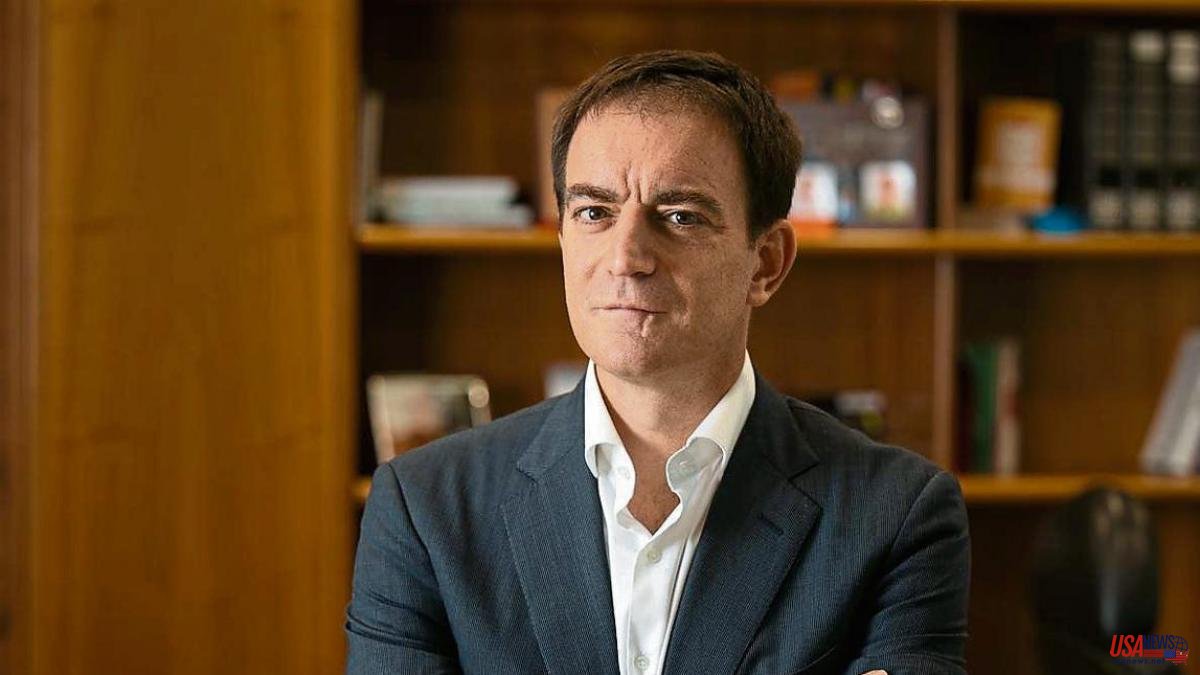A group of Celsa creditors who represent 90% of the Jumbo debt and 89% of the convertible debt have submitted electronically at 00:01 today in the Barcelona courts a restructuring plan to provide a comprehensive solution to the financial situation of the group, reducing its indebtedness by 1,291 million euros through the capitalization of the convertible debt (which amounts to almost 1,500 million) and part of the Jumbo credit debt (750 million), and the extension of the maturities of the rest of the five-year debt.
In exchange for the conversion, the creditors ask the judge for 100% of the company owned by the Rubiralta family. If the judge to which the matter corresponds - it could be the commercial court 9 of Barcelona, where the last refinancing was judicially validated - approves it, the group would reduce its financial debt from around 2,800 million to just over 1,500 million, counting the circulating. Its balance would be much healthier, although the property would be dispersed among fifteen international funds.
The creditors' plan, supported by more than 50% of the debt as required by law, comes at the same time that the bankruptcy reform comes into force today. After years of confrontation between the funds and the owner family who, predictably, will oppose this initiative, now a solution will have to be reached in three months, extendable for another three. In fact, the Rubiralta family questions that the funds, with an investment much lower than that of their collection rights - they bought the debt with heavy discounts from the bank -, can demand the amounts claimed. They qualify their practices as usury due to the high profitability of the debt they have in their hands in relation to the investment.
The judge will be the one to decide. The creditors' plan is an alternative to the restructuring that was intended to be done with the help of public money granted to the company in June and amounted to 550 million. It was not possible to reach an agreement and the aid, approved by the Government at the end of June, never materialized. The creditors do not take SEPI into account nor do they expect to have the aid. They don't need them.
According to the insolvency reform that enters into force today, the restructuring plans inherit, with certain variations, the functions of the previous pre-insolvency. Under judicial protection, debtor companies -insolvent or at high risk of becoming so- sit down with financial creditors and negotiate a payment plan without having to go to bankruptcy.
The novelty is that, as Celsa's funds have done, creditors can also take the initiative and make their own proposal. In this sense, the norm already in force greatly alters the balance of forces by requiring shareholders to precede creditors when making certain sacrifices. Celsa has not yet ruled on today's fund initiative. Legal sources indicate that it is very likely that the company will present its own restructuring plan in court.













